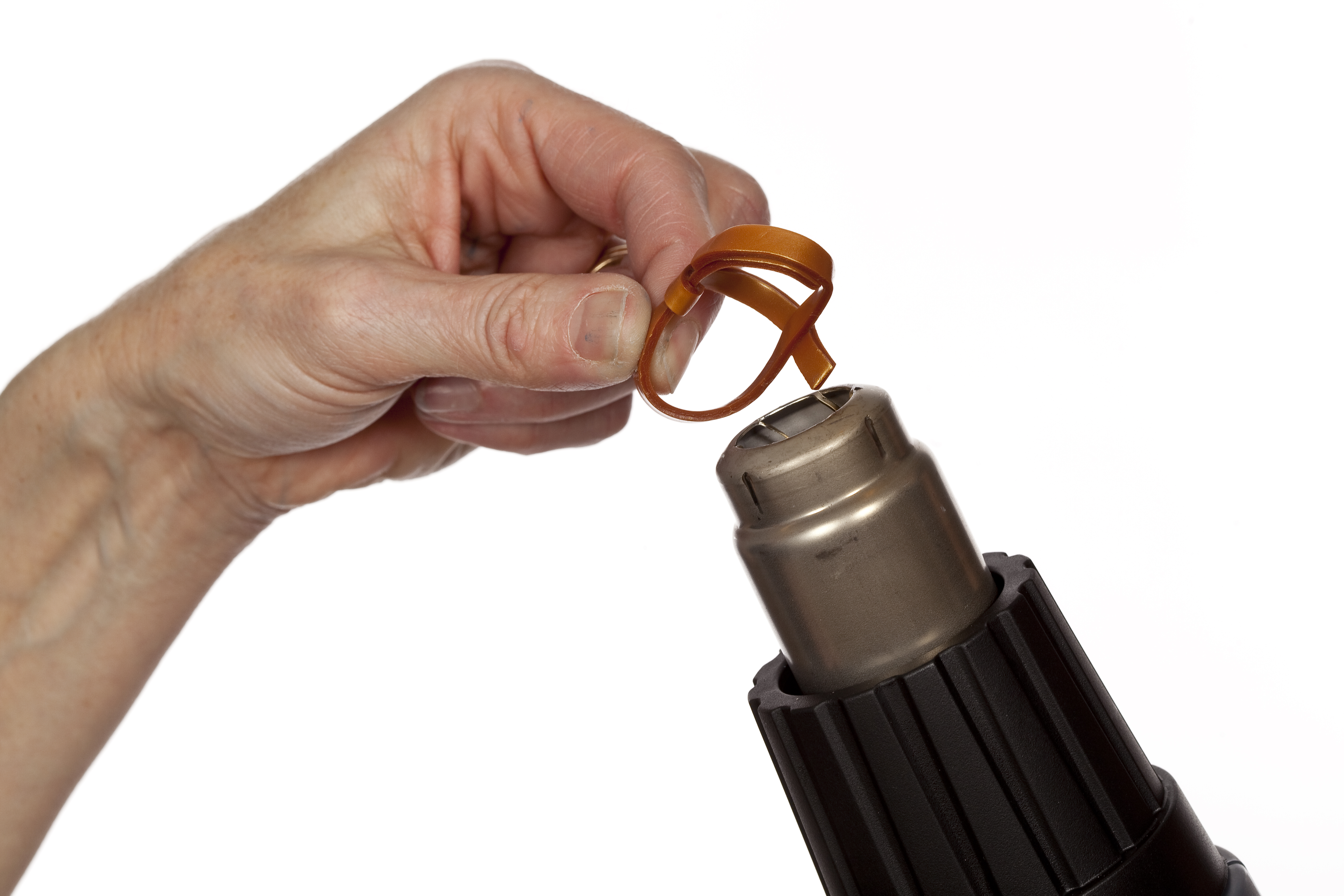
Anti-Swan Neck Orthosis
Splint Design: Anti-Swan Neck Orthosis
Here is an example of how a simply designed orthosis can have an incredible impact on improved functionality for the patient with a hyperextension deformity of the PIP joint, known as a swan neck deformity. The typical posture of this deformity is PIP hyperextension and DIP flexion. This deformity might develop with pathology at the MCP, PIP and/ or DIP joint levels.

Pathologies:
- MCP Joint:
Intrinsic tightness and central tendon tightness can lead to MCP joint subluxation. The resultant MCP flexion deformity can cause a secondary PIP hyperextension deformity as a result of the imbalance of tendons and ligaments. - PIP Joint:
Synovitis and/ or inflammation of the PIP joint capsule (Rheumatoid Arthritis) can cause overstretching of the volar plate, leading to PIP joint hyperextension. In addition, injury to the FDS at this level can also lead to hyperextension at the PIP joint as there is loss of the dynamic stabilization of the joint. - DIP Joint:
A mallet injury at the DIP joint can also lead to an imbalance of tendons and ligaments. The injury to the terminal extensor tendon also affects other soft tissue ligaments at their distal insertion. The droop into DIP flexion results in more force across the dorsal PIP joint pulling into hyperextension. - Laxity of the Joints:
Some people are born with extreme laxity of the joints capsules, allowing for a tendency to hyperextend at the PIP joint. While this may not elicit a problem in most individuals because they can move in and out of the posture, in severe cases the resultant hyper laxity can cause functional deficits and lead to contractures.
Individuals with Ehlers-Danlos Syndrome in particular are at risk for developing significant functional deficits due to joint laxity.
Splinting Solution:
There is an easy splinting solution to the PIP hyperextension deformity: blocking the PIP joint in slight flexion.
The anti-swan neck orthosis is a simple orthosis that positions the PIP joint in slight flexion while limiting full PIP joint extension, but also allowing for full PIP flexion and full DIP ROM.
The orthosis itself consists of a thin strip of thermoplastic material placed dorsally over the proximal and middle phalanges of the affected finger, in an oval shape. Another strip runs volarly at the level of the PIP joint. The material should be thin enough not to interfere with motion and holding onto objects in the palm.
The Orfit Strips in 2.0 mm/ 1/12” thickness are perfect for this particular orthosis! They are available in Gold and Sonic Silver.
- After activation in hot water or by using dry heat, place the middle of the Orfit strip over the dorsal proximal phalanx and bring the ends to overlap over the distal middle phalanx while the finger is flexed. Let this oval harden.
- Activate another short piece of Orfit strip and place it directly under the flexed PIP joint, so that it overlaps on the outer borders of the hardened oval.
- As the Orfit Strips are made from material that is coated, this might not adhere firmly until dry heated. But it will leave an indent where it should be attached.
- When cooled, carefully remove the orthosis from the finger. Trim the edges and use dry heat to adhere all pieces together.
- Run under cold water before refitting to the finger. This is important as the material will stretch out significantly if placed back on the finger while warm.
- 1. After activation in hot water or by using dry heat, place the middle of the Orfit strip over the dorsal proximal phalanx and bring the ends to overlap over the distal middle phalanx while the finger is flexed. Let this oval harden.
- 2. Activate another short piece of Orfit strip and place it directly under the flexed PIP joint, so that it overlaps on the outer borders of the hardened oval.
- 3. As the Orfit Strips are made from material that is coated, this might not adhere firmly until dry heated. But it will leave an indent where it should be attached.
- 4. When cooled, carefully remove the orthosis from the finger. Trim the edges and use dry heat to adhere all pieces together.
- 5. Run under cold water before refitting to the finger. This is important as the material will stretch out significantly if placed back on the finger while warm.
Orficast thermoplastic tape, rolled thin, will also work very well for this orthotic design. The advantages of using Orfit Strips or Orficast is that the material already has smooth edges.
Wearing schedule:
This anti-swan neck orthosis is a functional orthosis and therefore daily wear is recommended during all activities. Night time wear is also recommended to maintain positioning of the PIP joint, or a finger orthosis might be prescribed to ensure proper positioning of the finger for healing.
Often, patients with Rheumatoid Arthritis or Ehlers-Danlos Syndrome may develop deformities in multiple fingers. The Orfit Strips are thin enough to allow for multiple finger splints without interfering with function.

![]()
Contact us for more product information or find your local distributor here.
![]()
If you’d like to receive the latest product updates and interesting Orfit news, subscribe to our newsletter:









